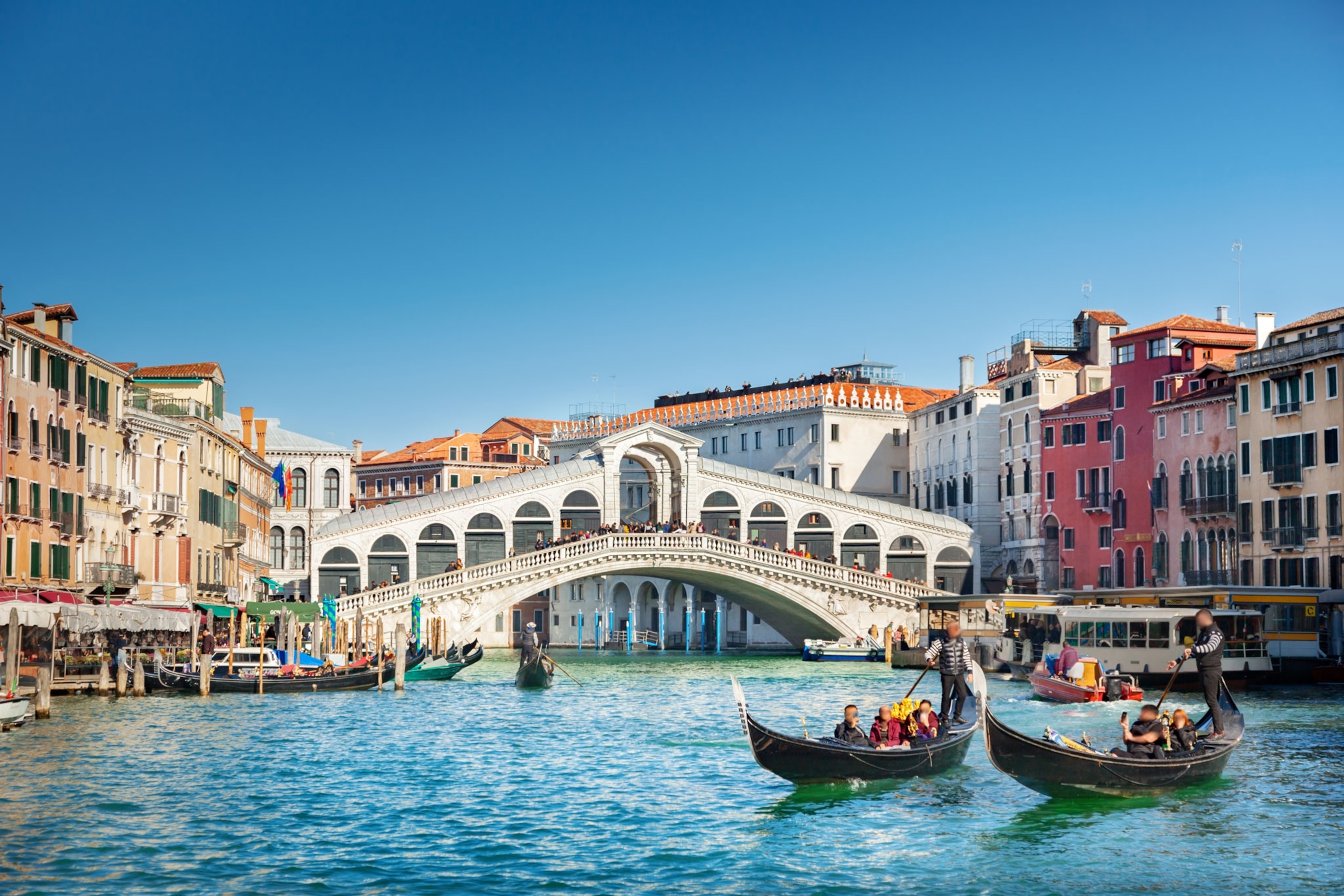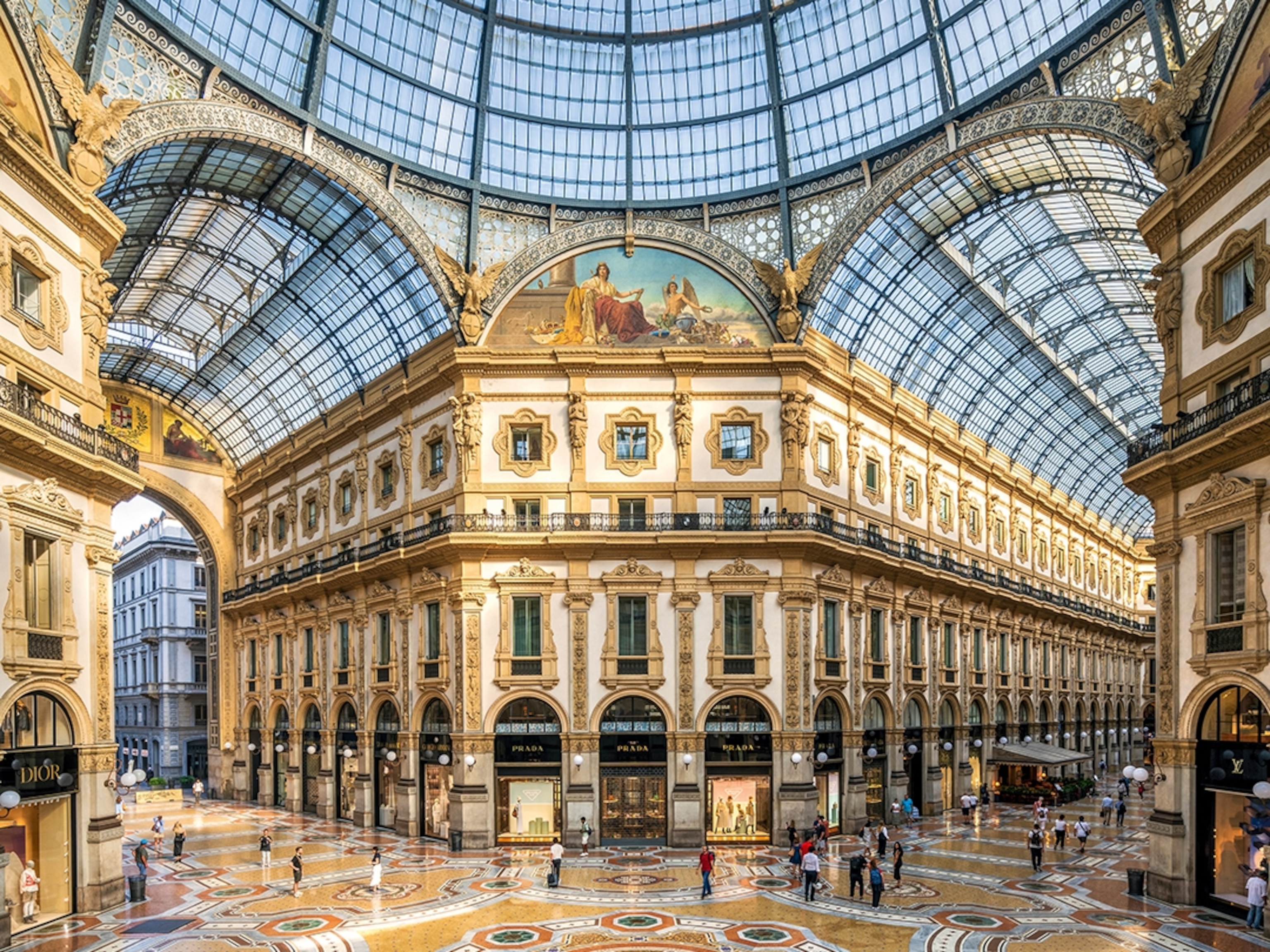
What is tourist tax and will you have to pay it in Europe this summer?
Although tourist tax isn't a new concept, an increasing number of destinations are starting to impose the charge on travellers. Don't get caught out by these often hidden costs — here's everything you need to know about tourist tax in Europe.
Last April, hundreds of local residents marched through Venice to protest at a new €5 (£4.20) fee being charged to day visitors. Separate from the nightly tourist tax already applied to accommodation, the new charge forms part of a three-month trial initiated to help curb overtourism at peak times. Anyone entering must show a pre-paid QR code, something many residents regard as an imposition against their freedom and, for the small sum being charged, unlikely to act as a deterrent anyway.
However, such tourist taxes aren’t breaking news — Bhutan has been asking visitors to pay a hefty one since 1974 (it’s since been reduced to £78 per day). But the number of cities implementing such measures or increasing existing taxes, is rapidly growing, especially across Europe. And, while tax doesn’t have to be confusing, it generally is, with different charges being applied under different names, rules and stipulations. Here’s what you need to know about paying tourist tax in Europe this summer.
What is tourist tax?
Tourist tax is a small daily charge, typically applied to your hotel bill, paid as a one-off payment at immigration or tacked onto your airfare. As these taxes are government-applied levies, they’re mandatory, meaning you’ll often have to pay them before you’re able to check in. Seen as a way of addressing some of the more negative impacts of tourism, such as too many visitors and environmental degradation, they also purport to give back to local economies. Natalia Bayona, executive director of UN Tourism says: “Tourist taxes can play a significant role in how destinations manage tourism flows. But the implementation of these fees is also designed to deliver more of the economic benefits that tourism offers back to the host communities.”
Yet, as in Venice, they can be controversial. The European Tourism Association (ETOA), a trade body that promotes tourism within Europe, is against tourist levies. “They impose the burden of payment on those who choose to stay in the destination,” says Tom Jenkins, CEO of ETOA. “They’re imposed at short notice to plug an urgent fiscal gap. It’s a fallacy that they’re a control measure.”
Due to the absence of a universal system, they’re complex, too. Each country or city can charge what and how they like, making it a job to know what you’re looking for on your bill or factor the exact cost into your holiday. Some taxes are charged at a flat rate, while others are a percentage of your accommodation bill or absorbed into the room rate. The type of accommodation or star rating of a hotel also makes a difference, as does seasonality and the age of children. For example, Venice’s overnight tax can be anything up to €5 (£4.20) per night, depending on the type of hotel, location and time of year and the charge applies to anyone over the age of 10 for up to five consecutive days. In Lisbon, it was recently increased to €4 (£3.40) per night for periods of up to a week for visitors aged 13 and over.
Why do destinations charge tourist tax?
Fundamentally, tourist taxes are there to bring in revenue, whether that’s for the general upkeep of the city, to improve tourism or to impose sustainability initiatives. Although Simone Venturini, the deputy mayor for Social Welfare, Tourism, Health and Economic Development in Venice suggests the new day-tripper tax “aims to raise awareness of the protection and respect of the city and is not to make money”.
The taxes are also seen as a way of cracking down on the vast number of visitors in certain destinations, especially at peak times, particularly to protect sights at risk of damage due to heavy footfall. Additionally, they’re a way for local authorities to reimburse money for services normally paid for by residents that are shared with tourists, or to initiate some sort of tourism budget.
Whether they’re an effective solution in combating an influx of people and protecting the environment is yet to be seen. But with worldwide tourism making a near-full recovery to pre-pandemic levels last year, governments are eagerly looking for new sources of income.
(What’s the problem with overtourism?)
How is tourist tax used?
Each local authority will have different reasons for collecting tourist tax and different pots the income will be allocated to. Some openly share where the money is going: Bali’s recent entry taxation of 150,000 Indonesian rupiah (£7.20) per person has, according to the official tourism website, been put towards protecting the island's natural habitats, strengthening local culture and improving tourism services and heritage. Venturini says that the revenue from overnight tourist tax in Venice “has ensured better services for a unique city that has higher maintenance costs than the rest of the world. The historic centre is swept by hand as trucks or other mechanical means cannot be used. Similarly, traffic travels by water and not by land, with all the consequences that entails”.

What do travellers need to know about tourist tax?
The key thing to know is if you’re likely to be charged for overnight stays, and, if you are, how this will be levied. While most places will accept payment via card, there’s likely to still be some that charge cash, so arrive prepared. Also check whether you have to pay two tourist taxes for one stay. Current stays in Barcelona are taxed at a maximum of €7.50 (£6.10), but visitors also have to pay a regional Catalonia charge. However, new proposed legislation aims to introduce a new taxation system, with visitors to the Catalonian capital facing a tourist tax of up to €15 (£12.30) per night.
The fees are ever-changing, too. Amsterdam has recently raised its tourist tax to 12.5% — the highest in Europe. Some winter sun spots have caught on: Portugal’s Algarve introduced a tax last year, while a small tourist tax of €0.15 (£0.13) per day was introduced in Mogán, one of Gran Canaria's most popular holiday destinations, this January. Alternatively, the new government in Spain’s Valencia has scrapped plans for a tax, the president deeming it to be “unfair and unnecessary”. And different places refer to the tourist tax by different names: Greece recently changed the name of its tax to a ‘climate crisis resilience fee’.
In the UK, different laws mean taxes differ from country to country. Scotland has recently introduced a levy, while the Welsh government is considering how best to give local authorities power. Despite no law in England, some small Business Improvement Districts (BIDs) have been set up by groups of hotels to charge taxes in the likes of Manchester, Liverpool and Dorset, including Bournemouth. Next year, the EU will also implement a new tourist visa for non-EU citizens costing €7 (£6).
Is there a better solution?
According to Bayona, a well-designed tourism tax can be beneficial to destinations. However, Zaid Alrawadieh, a senior lecturer in hospitality and tourism operations at Oxford Brookes University says: “I believe that the benefit-sharing approach is more sensible to offset the negative impacts of tourism. Some hotels already do so by offering guests free drink vouchers if they reuse their towels or don’t have their room cleaned. This is a win-win approach whereby the hotel reduces operating costs and the guest sees some benefit.”
In essence, tourist taxes might not deter heavy footfall yet, but they do seem to be highlighting a need for visitors to at least tread more carefully.
(What you need to know about European travel this summer.)







